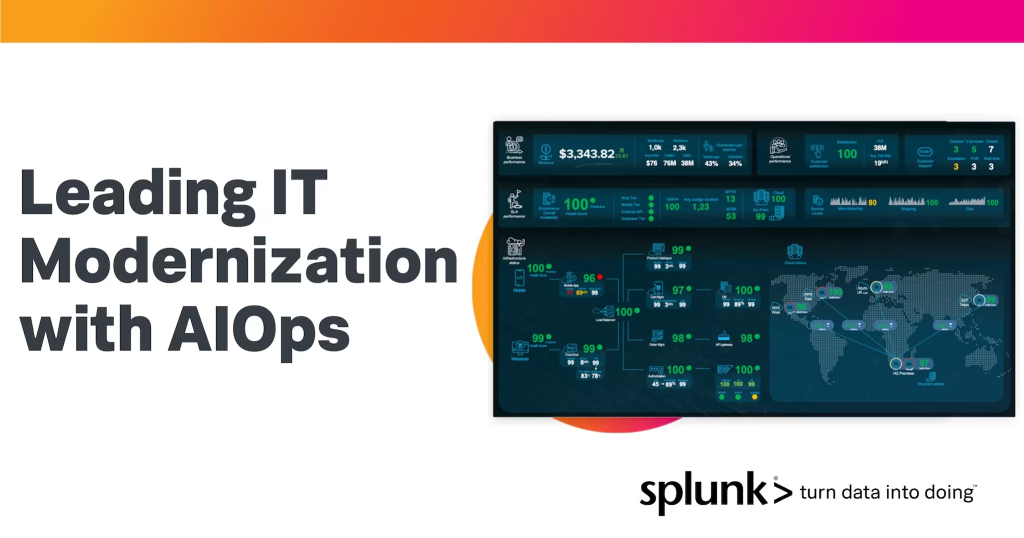Upgrade & Secure Your Future with DevOps, SRE, DevSecOps, MLOps!
We spend hours scrolling social media and waste money on things we forget, but won’t spend 30 minutes a day earning certifications that can change our lives.
Master in DevOps, SRE, DevSecOps & MLOps by DevOps School!
Learn from Guru Rajesh Kumar and double your salary in just one year.

Are you tired of manually sifting through mountains of data to identify potential issues in your IT infrastructure? Look no further than Splunk’s AiOps capabilities. In this blog post, we’ll explore how Splunk is utilizing artificial intelligence and machine learning to revolutionize monitoring and observability in the IT industry.
What is AiOps?
Before we dive into Splunk’s specific implementation of AiOps, let’s first define what it is. AiOps, or Artificial Intelligence for IT Operations, is the application of AI and machine learning technologies to enhance IT operations processes. This includes monitoring, observability, and incident management, among others. By leveraging these technologies, AiOps aims to improve efficiency, reduce downtime, and enhance overall system performance.
Splunk’s AiOps Capabilities
Splunk, a leading provider of software solutions for managing and analyzing machine-generated big data, has fully embraced AiOps. They offer a range of AiOps capabilities that leverage machine learning algorithms to automate and enhance IT operations processes.
Anomaly Detection
One of Splunk’s most powerful AiOps capabilities is its anomaly detection feature. This utilizes machine learning algorithms to identify abnormal patterns and behaviors within your IT infrastructure. By automatically detecting and alerting on anomalies, Splunk can help you quickly identify potential issues before they become major problems.
Predictive Analytics
Splunk also offers predictive analytics capabilities that leverage machine learning to forecast potential issues. By analyzing historical data and patterns, Splunk can predict when issues are likely to occur and provide proactive alerts and recommendations to address them.
Automated Remediation
In addition to detection and prediction, Splunk’s AiOps capabilities also include automated remediation. This involves leveraging machine learning algorithms to automatically take action to address identified issues. For example, if an issue is detected in a particular system, Splunk can automatically execute a remediation script to resolve the problem.
Benefits of Splunk’s AiOps Capabilities
By leveraging AiOps capabilities like those offered by Splunk, organizations can reap numerous benefits. These include:

Improved Efficiency
By automating and enhancing IT operations processes, organizations can improve overall efficiency. This includes reducing the time and resources required to manually identify and address issues, as well as improving system performance and uptime.
Proactive Issue Resolution
With predictive analytics and automated remediation, AiOps can help organizations be more proactive in identifying and addressing potential issues. This can help prevent major system issues and downtime, as well as reduce the need for reactive firefighting.
Enhanced Visibility
AiOps can provide enhanced visibility into IT infrastructure performance and issues. By automatically detecting and alerting on anomalies, organizations can quickly identify potential problems and take action to address them before they become major issues.
Conclusion
Splunk’s AiOps capabilities are changing the game when it comes to monitoring and observability in the IT industry. By leveraging artificial intelligence and machine learning, organizations can improve efficiency, reduce downtime, and enhance overall system performance. If you’re looking to take your IT operations to the next level, it’s time to consider AiOps and the capabilities offered by Splunk.

Leave a Reply